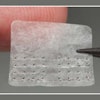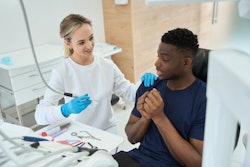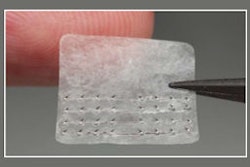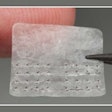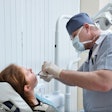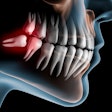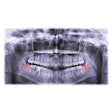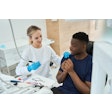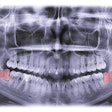An active social media presence may help oral and maxillofacial surgeons educate patients, particularly those requiring temporomandibular joint replacement (TMJR) surgery, according to a study recently published in the British Journal of Oral & Maxillofacial Surgery.
Furthermore, dental professionals should view social media as an important tool for patient outreach and engagement when used appropriately, the authors wrote.
“Maxillofacial surgeons should consider maintaining an active and professional presence on social media platforms, with careful attention to not use the platforms for inappropriate practice marketing, but for patient education,” wrote the authors, led by Begüm Elbir of Istanbul Atlas University (Br J Oral Maxillofac Surg, September 24, 2024).
The study sought to evaluate how social media influences patients’ choice of an oral and maxillofacial surgeon. An anonymous, self-administered 10-question survey collected data on social media habits and factors affecting surgeon selection. Patients ranging in age from 20 to 69 with a history of, or plans for, TMJR surgery were eligible, and 209 participants responded, they wrote.
The online survey was accessible from August to October 2024. Key measures included social media use as the primary predictor and patient preference for a surgeon as the main outcome, based on participants’ reasons for their choices.
Among the participants, 51 (30.9%) reported choosing their maxillofacial surgeon through social media, spending an average of 2.6 hours per day on these platforms compared with 2.3 hours for the 114 patients (69.1%) who did not (p = 0.043). Most patients who did not use social media were referred by another oral and maxillofacial surgeon, dentist, or dental specialist, they wrote.
Additionally, 133 said they would recommend their surgeon on social media, while 32 would not, with no significant link between surgeon choice via social media and willingness to recommend (p = 0.637). Patient satisfaction with both the surgeon and surgical outcomes was similar regardless of whether social media influenced their choice (p = 0.751).
The study, however, had limitations. Conducting the survey online may have caused selection bias by favoring participants who were more active on digital platforms, the authors added.
“The findings of this study underscore the growing impact of digital presence on patient decision making, emphasizing the need for healthcare professionals to consider social media as a key platform for patient engagement and outreach,” they wrote.

